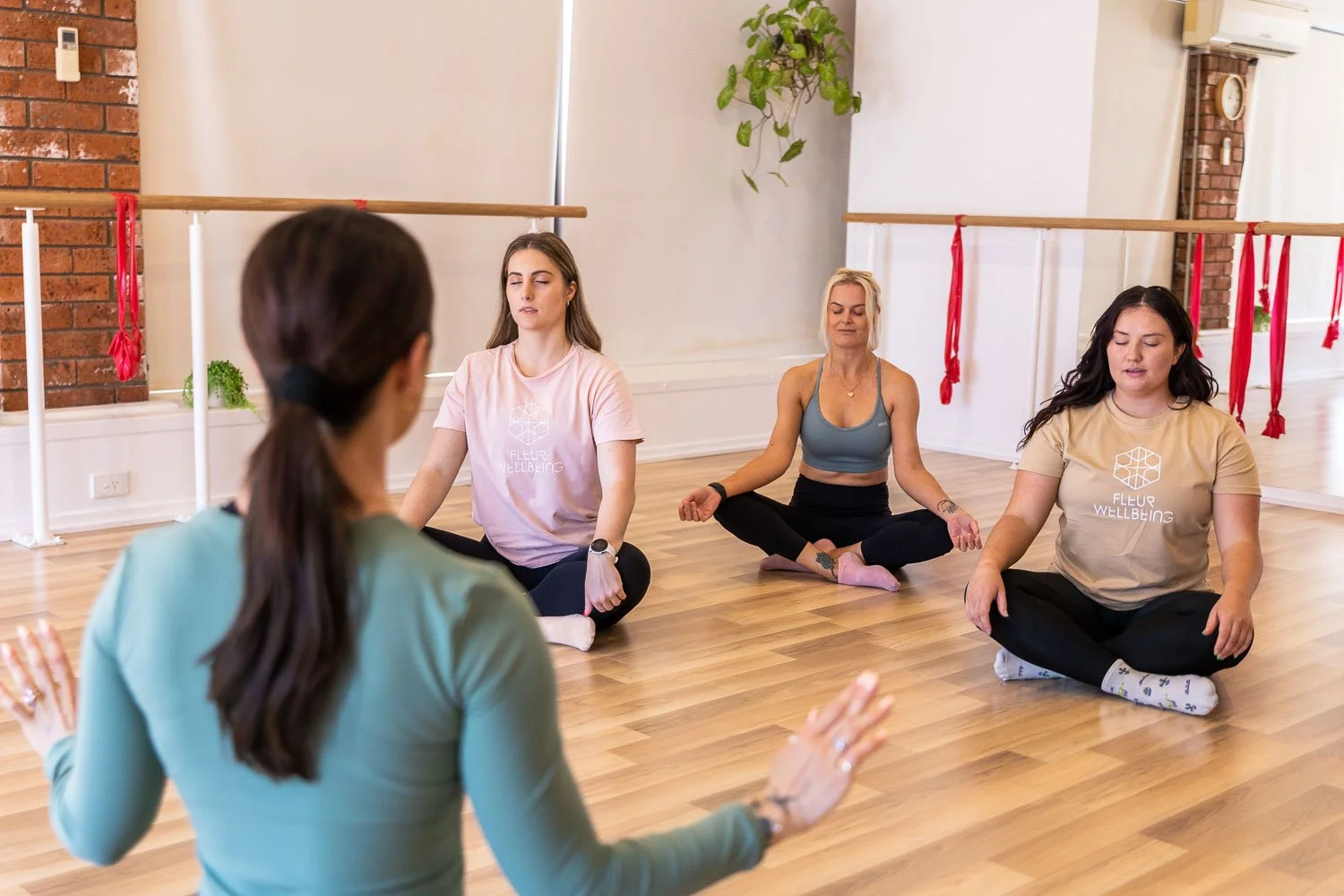Pilates for Stress Relief: A Comprehensive Guide
In today’s fast-paced world, stress has become a common companion for many of us. It lurks in the corners of our busy lives, often leading to anxiety and a host of other health issues. However, there is a gentle yet powerful ally in the battle against stress: Pilates. This guide delves into how Pilates can be your partner in fostering a serene mind and a resilient body.
The Essence of Pilates in Combating Stress
Pilates, a mind-body exercise, is not just about physical fitness; it's a sanctuary for mental clarity and emotional calm. It's a practice that connects controlled movements with mindful breathing, creating a state of relaxation and focus. The deep, rhythmic breaths central to Pilates help regulate the nervous system, easing the body out of the fight-or-flight response that chronic stress induces.
Breathing: The Anchor of Relaxation
The breath is a powerful tool in managing stress. Pilates teaches us to breathe fully and deeply, engaging the diaphragm and calming the mind. This type of breathing triggers the parasympathetic nervous system, reducing feelings of anxiety and panic. By focusing on the breath, Pilates allows us to anchor ourselves in the present moment, providing a respite from the worries that plague our minds.
Movement and Mindfulness: A Harmonious Duo
Pilates movements are deliberate and controlled, requiring concentration and attention to form. This focus draws us away from stressors and into a state of mindfulness, where each movement is a meditative act. The practice encourages us to listen to our bodies, to feel each muscle and to honour the balance between effort and ease. This mindfulness aspect of Pilates not only improves physical strength and flexibility but also enhances mental resilience.
The Physical Impact on Stress
On a physical level, Pilates strengthens the body’s core — the powerhouse of our being. A strong core contributes to overall stability and can improve our posture, which is often compromised by long hours at a desk. Furthermore, the stretching and lengthening of muscles release tension that accumulates from stress, helping to alleviate physical discomfort and enhancing the feeling of relaxation.
Pilates: A Daily Retreat
Incorporating Pilates into your daily routine can be a transformative experience. It doesn’t demand a significant time commitment; even a few minutes each day can make a difference. Exercises such as the Pilates Bridge, Spine Rotation, and the Saw are simple yet effective in opening up the body and calming the mind. The beauty of Pilates lies in its adaptability — it can be practised at home or in a studio, with or without equipment.
The Benefits Beyond the Mat
The benefits of Pilates extend far beyond the mat. Regular practice can improve sleep patterns, enhance concentration, and even boost creativity. It’s a holistic approach to well-being that enriches not just the body but also the mind and spirit.
Your Guide to Getting Started
To embark on your Pilates journey, start by finding a qualified instructor or a reputable online class tailored to beginners. Focus on learning the basics of breath control and core engagement. Remember, Pilates is not about perfection; it’s about progress and the continuous journey towards a balanced life.
Conclusion
Pilates for stress relief is not just an exercise regimen; it's a pathway to a more peaceful life. It equips you with the tools to navigate the complexities of modern living with grace and strength. So, take a deep breath, roll out your mat, and embrace the tranquillity that Pilates offers.

